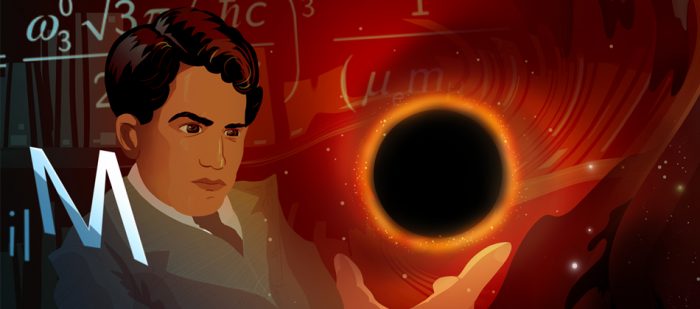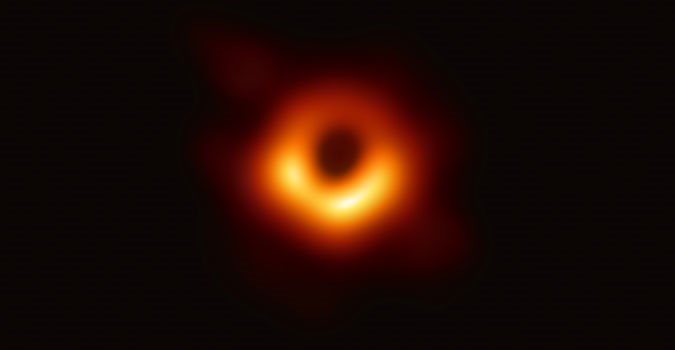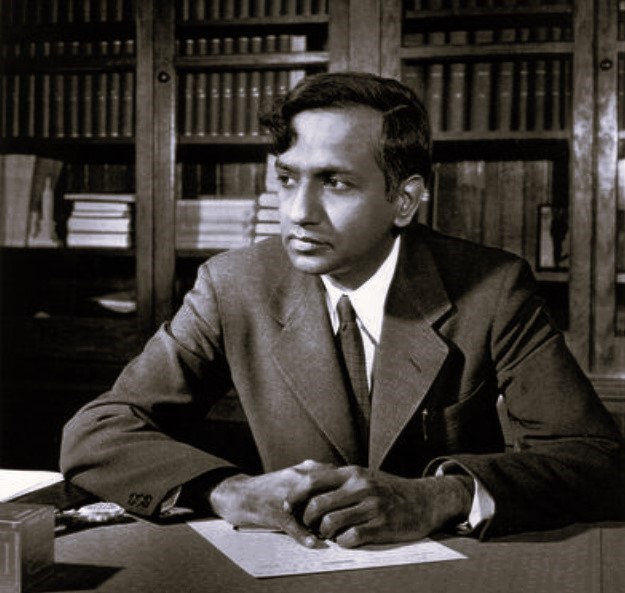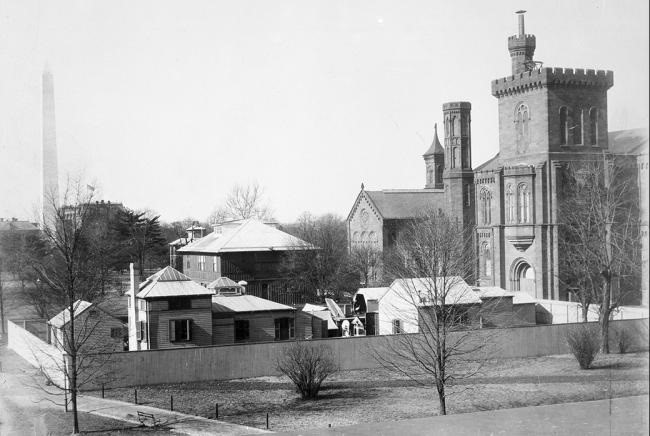Sidedoor: Cosmic Journey 1 “Stellar Buffoonery”
Black holes could unlock the mysteries of creation and live at the heart of nearly every galaxy. But these invisible balls of extremely dense matter have never been fully understood, especially when they were only a theory.

This time on Sidedoor, we travel back to the 1930s to learn how the first astrophysicist to successfully theorize a black hole, Subrahmanyan Chandrasekhar, went from being ridiculed by his scientific community to the namesake of the observatory that’s helping us visualize our universe.

The first image of a black hole, from the galaxy Messier 87. Event Horizon Telescope Collaboration, via the National Science Foundation.
Guests
- Kim Arcand – Visualization Scientist and Emerging Tech Lead for NASA’s Chandra X-ray Observatory at the Smithsonian Astrophysical Observatory
- Arthur I. Miller – Author of Empire of the Stars: Obsession, Friendship, and Betrayal in the Quest for Black Holes
- Priyamvada Natarajan – Astrophysicist and professor at Yale University

Subrahmanyan Chandrasekhar photographed at the University of Chicago, where he served as Chair of the Astronomy and Astrophysics Department from 1950-1951.
Links & Extras
- NASA’s Chandra X-ray Observatory was launched 25 years ago this July. Learn how the telescope is used to provide groundbreaking data on astronomical objects with guidance from the Center for Astrophysics | Harvard & Smithsonian.
- Get a primer on the anatomy and physics of black holes with a helpful guide from the Smithsonian Astrophysical Observatory.
- Learn how astronomers captured the first image of supermassive black hole Messier 87 in a 2019 article from the New York Times.
- A brilliant student of science and mathematics, Subrahmanyan Chandrasekhar was already one of India’s most celebrated physicists at the age of 19. Learn more about his life in a video interview from New Delhi Television.
- In 1919, Arthur Eddington’s photographs of a solar eclipse proved Einstein theory of general relativity and ushered in a new understanding about gravity’s role in the universe. Read more about this history from the Guardian.
- Take the whole family on a Cosmic Journey with events and virtual resources from across the Smithsonian! Explore kid-friendly projects with the Wonder and Awe activity guide, create out-of-this-world stories and posts with Chandra Instagram Experiences, and get answers to some of your biggest questions about the universe.

The Smithsonian Astrophysical Observatory was founded in 1890. Since then, the research center has upgraded from its humble beginnings on the National Mall in Washington, D.C. to expansive headquarters in Cambridge, MA, where it hosts the Chandra X-ray Center and controls science and flight operations of the observatory on behalf of NASA. Photograph: Smithsonian Institution Archives
This episode was the first in a two-part journey across the universe in search of black holes. Visit si.edu/sidedoor to catch the next chapter, or subscribe to Sidedoor on your podcast platform of choice.
Posted: 30 May 2024



